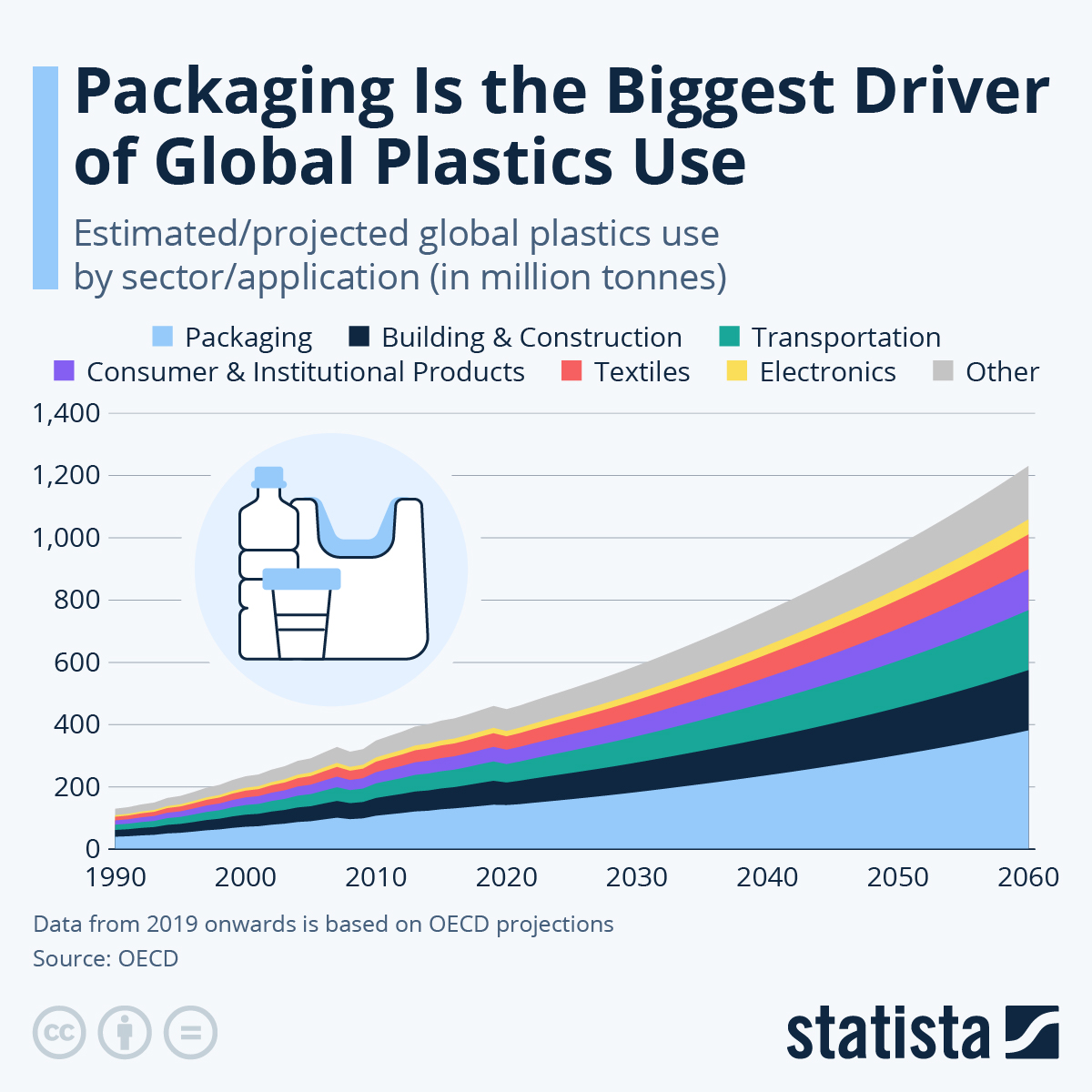
Plastics have become an undeniable part of our lives. From food packaging to clothing and electronics, they’re everywhere. However, their convenience comes at a significant cost – plastic pollution is a major environmental problem with far-reaching consequences.
Durability that backfires
Plastics are incredibly durable, designed to last for a long time. This very characteristic makes them a menace in the environment. Unlike natural materials that decompose, most plastics can persist in the environment for hundreds or even thousands of years, accumulating in landfills and littering our natural spaces.
Over time, plastic breaks down into smaller and smaller fragments called microplastics. These tiny particles are virtually invisible but widespread in our oceans, soil, and even the air we breathe. Microplastics can be ingested by organisms of all sizes, potentially harming their health and disrupting ecosystems.
Many plastics contain harmful chemicals like bisphenol A (BPA) and phthalates. These chemicals can leach into food and water stored in plastic containers, potentially impacting human health and disrupting hormones.
The harm they do
Animals often mistake plastic debris for food, leading to harmful consequences. Seabirds ingest plastic fragments, filling their stomachs with a non-nutritious material that can lead to starvation. Marine animals like fish, turtles, and whales can become entangled in plastic bags or strapping, causing injuries and even death.
The entire lifecycle of plastic, from production using fossil fuels to transportation and disposal, contributes to greenhouse gas emissions and climate change. Last year was a record breaker for heat. As we entire another summer predicted to be even hotter, we have to acknowledge that our widespread use of plastics is a big part of the problem.
Packaging the problem
As the chart at the top of this post shows, packaging is the biggest source of plastic use.
Individuals have some control over this. Simple steps like carrying reusable bags, avoiding single-use plastics, and choosing products with minimal packaging can make a significant difference.
But manufacturers can have a greater impact. Coca-Cola is redesigning bottles with a goal of reducing their plastic use by three million metric tons by next year. Keurig’s new coffee pods are plastic-free — in fact, they’re working on a compostable, plant-based packaging that will be removed from the finished cup of coffee like a tea bag from a cup of tea. Fresh Harvest is just one company working with bioplastics to create compostable films for packaging.
The brands are coming up with the concepts, but manufacturing is where the magic has to happen. Only with the capacity to make environmentally responsible packaging work in real life can we expect to see improvements.
